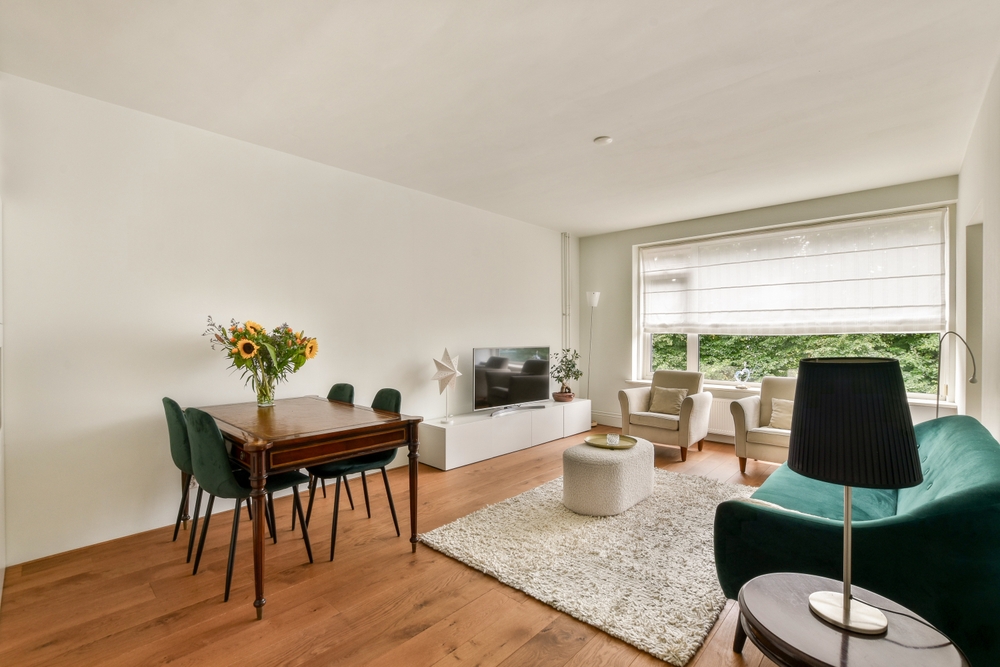How Natural Light Improves Living Spaces
Natural light has long been revered as a vital element in the design and functionality of living spaces. As we approach 2025, the emphasis on sustainable living and wellness has only increased the importance of harnessing natural daylight in our homes and workplaces. Beyond simply illuminating a room, natural light offers numerous benefits that enhance the aesthetic appeal, health, and overall experience of indoor environments. This article explores how natural light improves living spaces, focusing on its effects on mood and well-being, interior design and aesthetics, and energy efficiency.

Enhancing Mood and Well-being
One of the most significant benefits of natural light in living spaces is its positive impact on human health and mood. Exposure to natural light regulates the body’s circadian rhythms—our internal biological clock that governs sleep-wake cycles, hormone release, and other vital bodily functions. Proper alignment of circadian rhythms promotes better sleep quality, higher energy levels during the day, and improved mental health.
Research has shown that natural light can reduce symptoms of depression and anxiety, especially in regions with long winters and limited daylight. For example, Seasonal Affective Disorder (SAD), a type of depression linked to changes in seasons and reduced sunlight, can be mitigated by increasing exposure to natural light indoors. By designing living spaces that maximize daylight penetration, occupants can enjoy a brighter, more uplifting environment that supports emotional well-being.
Additionally, natural light encourages productivity and cognitive function. Studies in educational and office settings demonstrate that people working in naturally lit environments perform better on tasks that require focus and creativity. This is particularly relevant as more people work from home or engage in remote learning, where the quality of the living space directly affects their performance and mental state.
Elevating Interior Design and Aesthetics
Natural light is a powerful tool in interior design, capable of transforming the look and feel of a living space. Unlike artificial lighting, which can often feel harsh or unnatural, daylight dynamically changes throughout the day, creating a rich, textured environment that enhances colors, textures, and architectural elements.
One of the key advantages of natural light is its ability to open up spaces, making rooms feel larger and more inviting. Large windows, skylights, and glass doors are common architectural features used to channel sunlight deep into interiors. This not only brightens the space but also connects occupants to the outdoors, fostering a sense of openness and tranquility.
Moreover, natural light highlights the true colors of furnishings and decor, which artificial lighting can sometimes distort. Designers often use daylight to create focal points or accentuate specific areas, such as a reading nook or an art display. The interplay between shadows and light can add depth and drama to rooms, enhancing their artistic appeal.
In 2025, advancements in smart glass and window technology allow homeowners to control the intensity and quality of natural light entering their spaces. These innovations enable the adjustment of tint and opacity based on time of day or weather conditions, optimizing comfort while maintaining the aesthetic benefits of daylight.
Promoting Energy Efficiency and Sustainability
Another compelling reason to prioritize natural light in living spaces is its contribution to energy savings and environmental sustainability. By reducing the need for artificial lighting during daytime hours, natural light helps lower electricity consumption, which in turn decreases utility bills and carbon footprints.
Incorporating design strategies like passive solar heating can further enhance energy efficiency. For example, south-facing windows in the northern hemisphere can capture solar heat during winter months, reducing the need for heating. Conversely, architectural shading elements or properly placed window treatments can minimize overheating during summer, balancing comfort and energy use.
As the global community becomes more environmentally conscious, building codes and standards in 2025 increasingly emphasize daylighting as part of green building certifications such as LEED and WELL. These standards encourage architects and builders to design homes that maximize natural light while incorporating insulation, ventilation, and energy-efficient glazing to maintain indoor comfort year-round.
Furthermore, natural lighting contributes to the longevity and maintenance of interior spaces. Artificial lights generate heat that can degrade furniture and finishes over time, whereas daylight is less damaging and can preserve the condition of interiors.
Conclusion
Natural light is far more than a simple source of illumination; it is an essential component that improves living spaces in profound ways. By enhancing mood and well-being, elevating interior design, and promoting energy efficiency, natural light enriches our daily lives while supporting sustainable practices. As we move deeper into 2025, embracing natural light in our homes and workplaces is not only a design choice but a pathway to healthier, more beautiful, and environmentally responsible living environments. Whether through architectural innovation or thoughtful interior planning, the integration of natural light remains a timeless and invaluable aspect of creating spaces where people thrive.
Disclaimer: All content, including text, graphics, images and information, contained on or available through this web site is for general information purposes only. The information and materials contained in these pages and the terms, conditions and descriptions that appear, are subject to change without notice.




